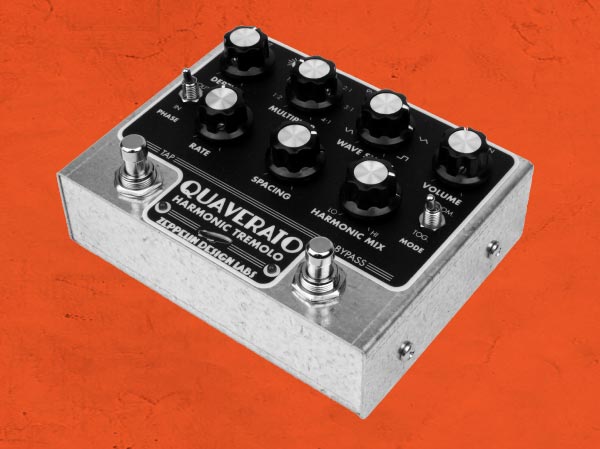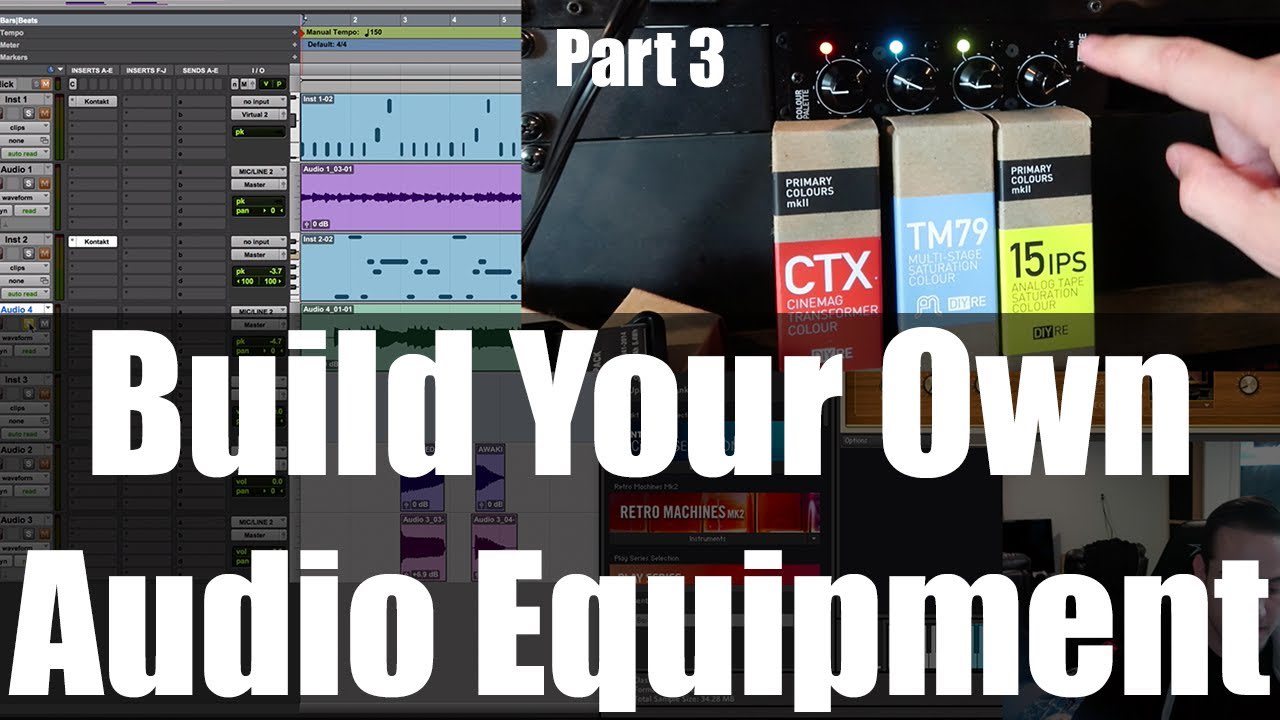Mixer MB313A | PDF: Build Your Own Audio Mixer! Build your own audio mixer (mint tin, passive, no voltage)
Exploring the realm of audio amplification and signal manipulation reveals a fascinating interplay of electronic design and practical application. Two distinct examples, each serving a unique purpose, illustrate the breadth of this field.
ECL82 PP2 Amplifier Circuit
The first is a schematic diagram of an ECL82 push-pull (PP) amplifier circuit. The ECL82 is a triode-pentode vacuum tube, a clever design that integrates a triode (used for voltage amplification) and a pentode (used for power amplification) into a single envelope. This configuration is commonly found in audio amplifiers, particularly those designed for home audio systems and vintage radios. The push-pull topology is employed to improve linearity and reduce distortion. In a push-pull configuration, two identical power tubes (in this case, the pentode sections of two ECL82 tubes) are used in a way that their output currents are complementary. This means that as one tube increases its current conduction, the other decreases. This arrangement effectively cancels out even-order harmonic distortion, leading to a cleaner and more faithful reproduction of the input signal. The schematic illustrates the arrangement of resistors, capacitors, and inductors around the ECL82 tubes, carefully chosen to provide the necessary biasing, feedback, and filtering for optimal performance. The biasing network ensures that the tubes operate within their linear region, minimizing distortion. The feedback loop helps to stabilize the gain and further reduce distortion. Capacitors are used for coupling signals between stages and for bypassing unwanted frequencies, while inductors can be used for filtering and impedance matching. A power supply is also an essential part of the circuit, providing the necessary voltages for the tubes to operate. The overall design emphasizes achieving a balance between power output, linearity, and efficiency. The use of vacuum tubes gives a warm, characteristically pleasing sound, often sought after by audiophiles. Understanding this circuit is essential for anyone interested in vintage audio electronics and vacuum tube technology, providing insight into the principles of amplifier design and the trade-offs involved in achieving high-quality audio reproduction.
DIY Audio Splitter Box with Volume Control

The second example highlights a practical, do-it-yourself (DIY) audio splitter box with volume control. This device addresses a different need: the simultaneous distribution of an audio signal to multiple outputs while also offering individual volume adjustments for each output. The construction of such a box typically involves passive components such as potentiometers (variable resistors) and audio connectors (e.g., RCA jacks or 3.5mm headphone jacks). The input audio signal is fed into the box, and then split into multiple paths, each leading to an output connector. A potentiometer is placed in series with each output path, allowing the user to control the volume level of that specific output. The simplicity of the design makes it accessible to hobbyists and audio enthusiasts with basic electronics knowledge. While the circuit is relatively straightforward, careful consideration must be given to the selection of components and the wiring layout to minimize noise and signal degradation. For example, using high-quality potentiometers with low noise characteristics is crucial for maintaining a clean audio signal. Proper shielding and grounding techniques are also essential for reducing hum and interference. The utility of an audio splitter box is manifold. It can be used to connect a single audio source to multiple headphones, amplifiers, or recording devices. This is particularly useful in situations where multiple people need to listen to the same audio source, such as in a recording studio or a classroom. The individual volume controls allow each listener to adjust the volume to their preferred level without affecting the others. Furthermore, a splitter box can be used to create a simple multi-zone audio system, allowing different areas to be independently controlled. The DIY nature of the project encourages experimentation and customization, allowing users to tailor the device to their specific needs and preferences.
If you are looking for Make your own audio mixer for Mumble with Jackrouter, Voicemeeter you've visit to the right place. We have 25 Images about Make your own audio mixer for Mumble with Jackrouter, Voicemeeter like Mixer Mb313a | PDF, Build Your Own Audio Shelf 03 - YouTube and also Build Your Own Audio Equipment! - DIY Recording Equipment (3 of 3). Here it is:
Make Your Own Audio Mixer For Mumble With Jackrouter, Voicemeeter
 www.youtube.com
www.youtube.com 6L6 PP3
 www.bonavolta.ch
www.bonavolta.ch 6l6 pull push amplifier audio power supply en ch hobby bonavolta
Build Your Own Audio Mixer (mint Tin, Passive, No Voltage) - YouTube
 www.youtube.com
www.youtube.com mixer audio passive build own
Pin On Russ
 www.pinterest.com
www.pinterest.com camper plans teardrop trailer diy pdf designs campers camping trailers caravan homemade building build truck travel tear small downloads mini
Build Your Own Audio Splitter Box With Volume Control - YouTube
 www.youtube.com
www.youtube.com splitter box audio volume control build own
Build Your Own Audio Shelf 03 - YouTube
 www.youtube.com
www.youtube.com audio build shelf own
2A3 SE2
2a3 se back top bonavolta hobby ch audio
ECL82 PP2
amp amplifier pull push power gif audio pe2bz stereo bonavolta hobby ch back top supply index misc geocities ws
Build Your Own Audio Shelf 01 - YouTube
 www.youtube.com
www.youtube.com Build Your Own Audio And Music Gear With Our Fun DIY Electronic Kits
 zeppelindesignlabs.com
zeppelindesignlabs.com zeppelin labs gear particular
Mixer Mb313a | PDF
 www.scribd.com
www.scribd.com How To DIY Build A 19" Rack Mount Gear Enclosure For $10 - YouTube
 www.youtube.com
www.youtube.com rack diy 19 mount gear build how enclosure
How To Make Audio Public On Roblox | Roblox How To Upload YOUR OWN
 www.youtube.com
www.youtube.com Build Your Own Audio Amplifier From ICStation - YouTube
 www.youtube.com
www.youtube.com build own amplifier audio
Build Your Own Audio Shelf 02 - YouTube
 www.youtube.com
www.youtube.com audio shelf build own
How To Build Your Own Audio Amplifier- - YouTube
 www.youtube.com
www.youtube.com Make Your Own Audio Mixer For MUMBLE With VoiceMeeter And Reaper - Pt 1
 www.youtube.com
www.youtube.com mixer audio own
How To Make Your Own Audio HUB [Cheapest Audio HUB DIY] - YouTube
![How To Make Your Own Audio HUB [Cheapest Audio HUB DIY] - YouTube](https://i.ytimg.com/vi/lgklIW4zfns/maxresdefault.jpg) www.youtube.com
www.youtube.com diy hub audio make
Wooden Hi-Fi Rack For A Stylish Home Entertainment Setup
 www.pinterest.com.au
www.pinterest.com.au Building Your Own Audio Rack - DDDAC
rack audio own building
Build Your Own Audio Shelf 14 - Finishing Plywood Surface With
 www.youtube.com
www.youtube.com DIY Simple Powerful Amplifier Using TDA2030, Homemade Amplifier 12V
 www.youtube.com
www.youtube.com Zur Linde SRPP Preamp
Build Your Own Audio Equipment! - DIY Recording Equipment (3 Of 3)
 mix.com
mix.com Build Your Own Audio Shelf 08 - Drilling Holes - YouTube
 www.youtube.com
www.youtube.com Build your own audio splitter box with volume control. Audio build shelf own. How to make audio public on roblox